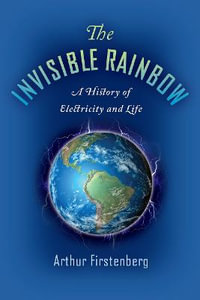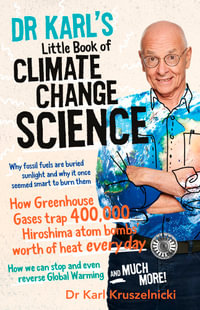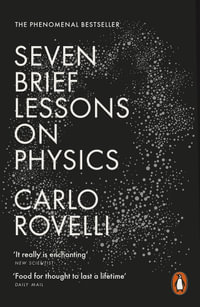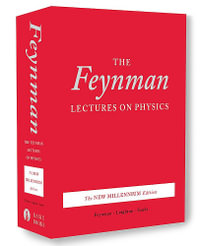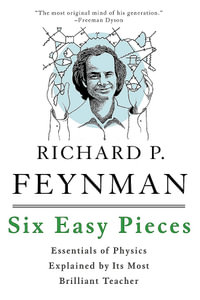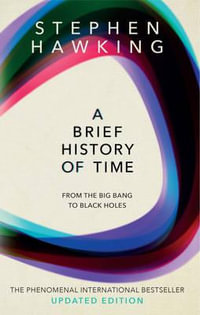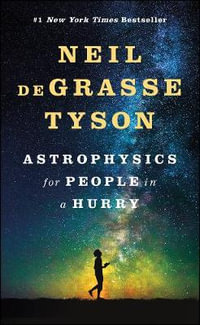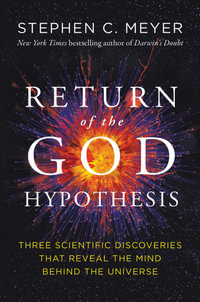| Preface | p. XIII |
| Introduction | p. XV |
| Notation | p. XXI |
| The Rolling Contact Problem | p. 1 |
| Statement of the problem | p. 4 |
| Mathematical modeling of the contact formation | p. 6 |
| Mathematical modeling of the slip | p. 10 |
| Mathematical modeling of friction | p. 18 |
| The complete boundary conditions | p. 20 |
| The half-space approximation | p. 22 |
| Many geometries are elastically alike | p. 23 |
| A(x,y) may be calculated exactly | |
| Quasiidentity is common in half-space problems | p. 24 |
| The Panagiotopoulos process | p. 24 |
| An Alternative to the Panagiotopoulos process (KOMBI) | p. 24 |
| The Johnson process | p. 25 |
| Symmetry and quasiidentity | p. 25 |
| Mindlin's method | p. 28 |
| Exact three-dimensional solutions of contact problems | p. 28 |
| Boundary conditions for some applications | p. 28 |
| The Hertz problem | p. 28 |
| Frictionless or quasiidentical contact formation for concentrated or semi-concentrated non-Hertzian contact | p. 35 |
| Frictional boundary conditions for bodies of revolution with the axes almost in one plane | p. 41 |
| Concentrated, e.g. Hertzian, geometry | p. 44 |
| A ball rolling in a conforming groove | p. 45 |
| Review | p. 47 |
| Frictionless contact | p. 48 |
| Element methods | p. 49 |
| Fridman and Chernina | p. 50 |
| Later authors | p. 51 |
| Influence Function Methods for the half-space: choice of elements | p. 52 |
| The accuracy of the elements | p. 56 |
| Conclusion | p. 59 |
| Elastic rolling contact | p. 59 |
| Carter and Fromm | p. 59 |
| The no-slip theory of rolling contact | p. 64 |
| Comparison of Johnson's spin theory with the exact values | p. 66 |
| Comparison of Vermeulen and Johnson's no-spin theory with the exact values | p. 67 |
| Calculation of the exact values of the Cij by separating the variables in Laplace's equation | p. 68 |
| Calculation on the basis of a generalisation of Galin's Theorem | p. 69 |
| Strip theory/line contact theory | p. 71 |
| IF methods for the half-space | p. 73 |
| Nonlinear, finite friction rolling contact | p. 74 |
| Johnson and Vermeulen-Johnson | p. 74 |
| Strip theory | p. 78 |
| Simplified theory | p. 80 |
| The first exact theory | p. 82 |
| A linear programming method for the two-dimensional case | p. 84 |
| Generalisation of the method of Sec. 2.2.3.5 to the three-dimensional case | p. 94 |
| Duvaut-Lions based methods | p. 95 |
| The Simplified Theory of Contact | p. 99 |
| Recapitulation of the linear theory of elasticity | p. 100 |
| The thin elastic layer | p. 101 |
| Validation by frictionless contact | p. 103 |
| Comparison with the theory of Meijers | p. 103 |
| Comparison with the Hertz theory | p. 107 |
| Conclusion | p. 112 |
| Frictional compression | p. 112 |
| The FASTSIM algorithm | p. 117 |
| The shift | p. 119 |
| ¿ & = 0, w = (L1,0)T, elliptic contact | p. 120 |
| ¿ = L1, w = 0 | p. 122 |
| Steady state rolling contact | p. 122 |
| The full adhesion solution | p. 123 |
| Finite friction coefficient | p. 126 |
| Transient rolling contact | p. 133 |
| An alternative method to find the Li | p. 133 |
| Conclusion of tangential simplified theory | p. 134 |
| Variational and Numerical Theory of Contact | p. 137 |
| The principle of virtual work and its dual for contact problems | p. 138 |
| Virtual work | p. 138 |
| Complementary virtual work | p. 144 |
| Application to elasticity | p. 148 |
| Minimality of the potential energy, maximality of the complementary energy, and uniqueness of the solution | p. 150 |
| The case ¿g ≠ 0 | p. 154 |
| Existence-uniqueness theory | p. 156 |
| Surface mechanical principles | p. 157 |
| Complementary energy or potential energy in numerical work? | p. 158 |
| Implementation | p. 158 |
| The basic algorithm | p. 160 |
| Discretisation of the contact problem | p. 168 |
| The algorithm of 4.3.1 applied to half-space problems | p. 172 |
| Steady state rolling, elastic and viscoelastic | p. 181 |
| Prescription of total force components | p. 181 |
| Sensitivities | p. 182 |
| Calculation of the influence numbers in a half-space | p. 183 |
| The subsurface elastic field in a half-space | p. 184 |
| Note on the generalisation to non-concentrated contacts | p. 184 |
| Results | p. 185 |
| The normal contact problem | p. 186 |
| Validation (normal contact) | p. 188 |
| New results achieved by RNJLK and CC | p. 193 |
| Quasiidentical frictional contact problems | p. 202 |
| Validation | p. 203 |
| The Cattaneo shift | p. 203 |
| The Mindlin shift | p. 205 |
| The creepage and spin coefficients for steady state rolling | p. 206 |
| The theory of Vermeulen-Johnson on steady state rolling and its generalizations | p. 207 |
| The Vermeulen-Johnson theory and its generalisations: Validation | p. 213 |
| Brickie's experiments compared with CONTACT and FASTSIM | p. 214 |
| New results in Hertzian frictional rolling contact | p. 215 |
| The total tangential force | p. 216 |
| The areas of adhesion and slip | p. 218 |
| Surface tractions | p. 219 |
| Subsurface stresses | p. 221 |
| Transient rolling contact | p. 224 |
| Some remarks on corrugation | p. 229 |
| Non-quasiidentical frictional contact problems | p. 231 |
| Validation | p. 231 |
| New results | p. 233 |
| Unloading the Spence compression | p. 233 |
| Transition from the Spence compression to steady state rolling | p. 235 |
| Conclusion | p. 237 |
| The basic equations of the linear theory of elasticity | p. 239 |
| Some notions of mathematical programming | p. 245 |
| Numerical calculation of the elastic field in a half-space | p. 255 |
| Three-dimensional viscoelastic bodies in steady state frictional rolling contact with generalisation to contact perturbations | p. 265 |
| Tables | p. 285 |
| Bibliography | p. 295 |
| Index | p. 307 |
| Table of Contents provided by Ingram. All Rights Reserved. |











